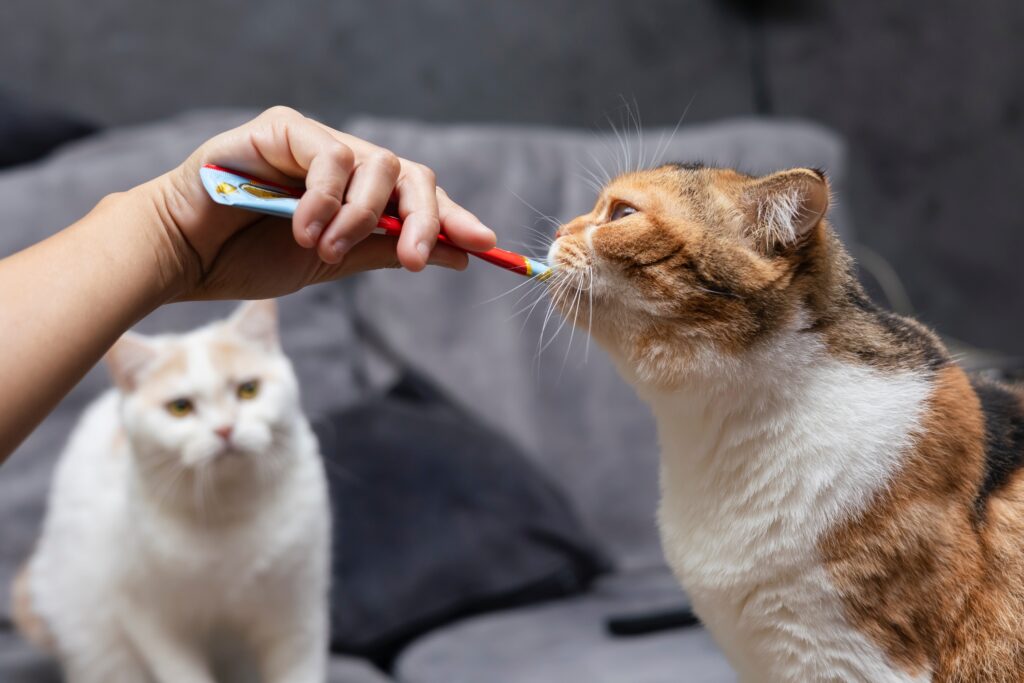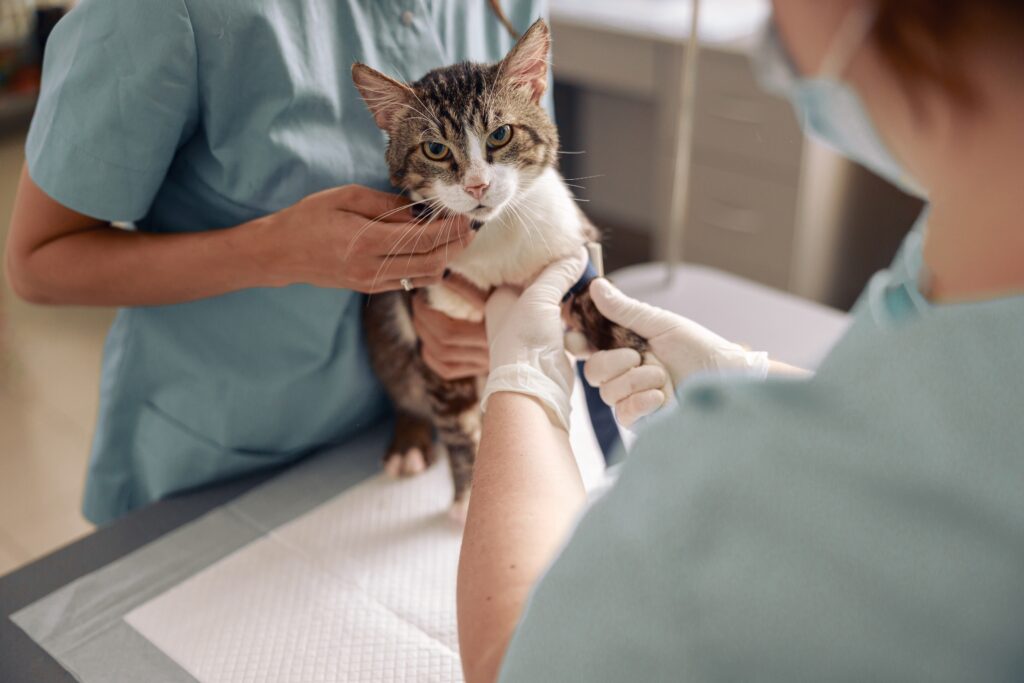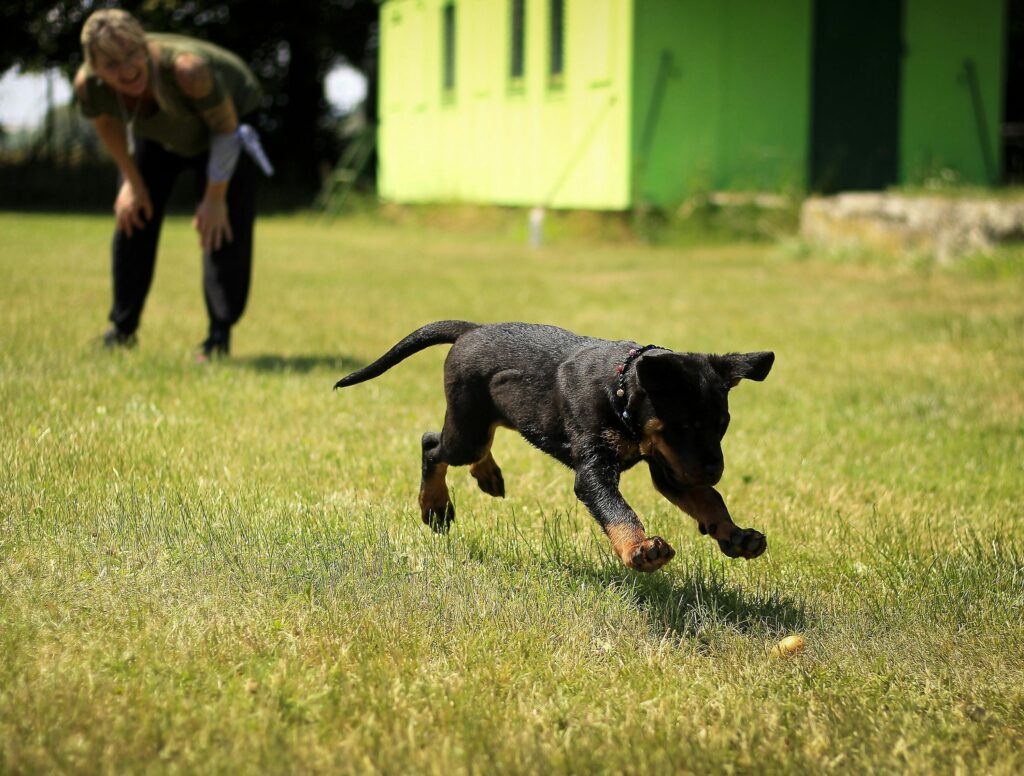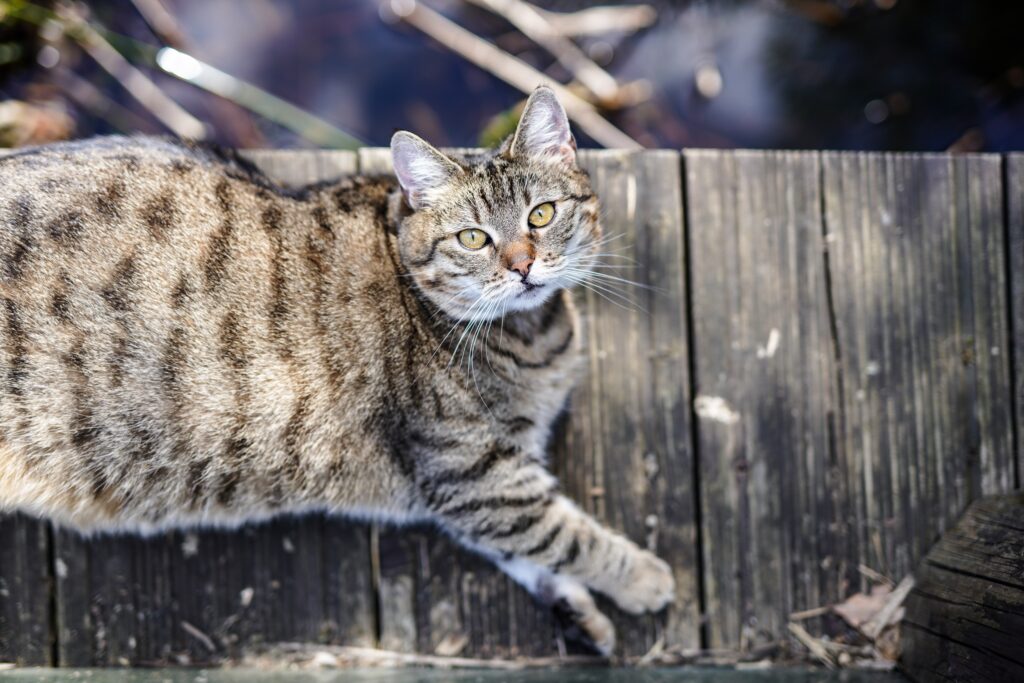1. Over 60% of U.S. pets are overweight or obese

According to the Association for Pet Obesity Prevention (APOP), an alarming 60% of cats and 56% of dogs in the U.S. fall into the overweight or obese category. That translates to millions of pets carrying extra weight, putting them at higher risk for health issues. It’s a growing problem that mirrors the human obesity epidemic, and it’s affecting our furry companions’ quality of life and longevity.
2. Obese pets live up to 2.5 years less than healthy-weight pets

It’s not just about their waistline—obesity can significantly shorten a pet’s lifespan. Studies show that overweight pets can live up to 2.5 years less than those at a healthy weight. That’s a lot of time lost for pets and their owners, all because of preventable health complications related to obesity, such as heart disease, diabetes, and joint problems.
3. 10% of pet owners think their overweight pet is a healthy weight

One of the biggest challenges in combating pet obesity is that many owners don’t even realize their pets are overweight. In fact, one in ten pet owners mistakenly believes their overweight or obese pet is actually at a healthy weight. This misunderstanding can delay important lifestyle changes and lead to more serious health problems down the road.
4. 1 in 5 dogs is at risk for joint issues due to obesity

Obesity doesn’t just put stress on your dog’s heart and metabolism—it takes a heavy toll on their joints as well. One in five overweight dogs is at risk of developing arthritis or other joint issues. The added pressure from carrying extra weight can wear down cartilage and ligaments, making everyday activities like walking or playing painful for your dog.
5. Up to 40% of cats suffer from obesity-related diabetes

Diabetes is a major concern for overweight cats, and the statistics are startling: nearly 40% of obese cats are at risk of developing type 2 diabetes. This chronic condition requires lifelong management, including insulin injections and strict dietary control, making it a serious health issue for both cats and their owners.
6. Pet obesity-related vet visits have increased by 24% in recent years

Veterinary clinics across the country are seeing a significant rise in pet obesity cases, with a 24% increase in obesity-related visits in recent years. This means more pets are being treated for weight-related conditions like diabetes, heart disease, and joint problems. The increasing number of cases highlights the growing need for awareness and intervention.
7. Less than 20% of pet owners follow weight management plans

Even when veterinarians recommend weight management plans for pets, less than 20% of owners actually stick to them. This lack of follow-through can prevent pets from reaching a healthy weight, leading to ongoing health issues. Weight loss for pets often requires a combination of diet changes, regular exercise, and routine vet check-ups, but many owners find it challenging to keep up with these adjustments.
8. Obesity increases the risk of cancer in pets by 50%

Research shows that obese pets are at a 50% higher risk of developing certain types of cancer compared to their leaner counterparts. Just like in humans, the excess fat in pets’ bodies can lead to inflammation and hormonal imbalances, which can trigger the growth of cancerous cells. Maintaining a healthy weight can significantly reduce this risk and improve overall health.
9. Obese dogs are 4 times more likely to suffer from cardiovascular issues

Heart disease is one of the most common health problems associated with obesity in dogs. Overweight dogs are four times more likely to develop cardiovascular issues, including high blood pressure, heart failure, and other serious conditions. Keeping your dog active and on a healthy diet can drastically reduce these risks and keep their heart strong.
10. More than 60% of pet owners admit they don’t know how many calories their pets need

Feeding pets can be more complicated than just filling a bowl. Over 60% of pet owners confess they don’t actually know how many calories their pets need per day. This lack of awareness can lead to overfeeding, which is a major contributor to pet obesity. Calculating the right portion sizes based on your pet’s weight, age, and activity level is crucial to preventing weight gain.
11. 75% of pet food labels don’t provide clear portion guidelines

Pet food labels can be confusing and often lack clear instructions on how much to feed based on your pet’s specific needs. About 75% of labels fail to give detailed portion guidelines, which leaves pet owners guessing or feeding too much. Clearer guidelines could help prevent overfeeding and reduce the risk of obesity.
12. Nearly 80% of pet owners give their pets treats multiple times a day

While we all love to spoil our pets with treats, nearly 80% of pet owners admit to giving their pets treats several times a day. Those extra snacks quickly add up in calories and can lead to rapid weight gain, especially if the treats aren’t factored into the pet’s overall diet plan.
13. Obese pets are 2.5 times more likely to develop high blood pressure

High blood pressure, or hypertension, isn’t just a human issue—obese pets are 2.5 times more likely to suffer from this condition as well. Hypertension in pets can lead to serious health problems, including damage to organs like the kidneys, heart, and eyes. Managing your pet’s weight can help keep their blood pressure in check.
14. Over 40% of pet owners don’t exercise their pets regularly

A lack of exercise is one of the biggest contributors to pet obesity, and unfortunately, over 40% of pet owners admit they don’t give their pets enough physical activity. Regular exercise is essential for maintaining a healthy weight and keeping pets’ muscles, joints, and hearts strong. Whether it’s a daily walk, playtime, or more structured activities, pets need regular movement just like humans do.
15. Obese cats are twice as likely to suffer from urinary tract infections

Carrying extra weight puts obese cats at a much higher risk for developing urinary tract infections (UTIs). Obesity can cause inflammation and make it difficult for cats to properly groom themselves, leading to painful UTIs. This common condition can be avoided by helping your cat maintain a healthy weight through diet and activity.
16. Owners of overweight pets spend up to $1,500 more in vet bills annually

Treating obesity-related health issues can be expensive. Pet owners with overweight or obese pets often end up spending up to $1,500 more per year on veterinary bills. From joint supplements to medications for chronic conditions like diabetes and heart disease, managing these health issues can quickly become costly, adding a financial burden on top of the emotional stress.


